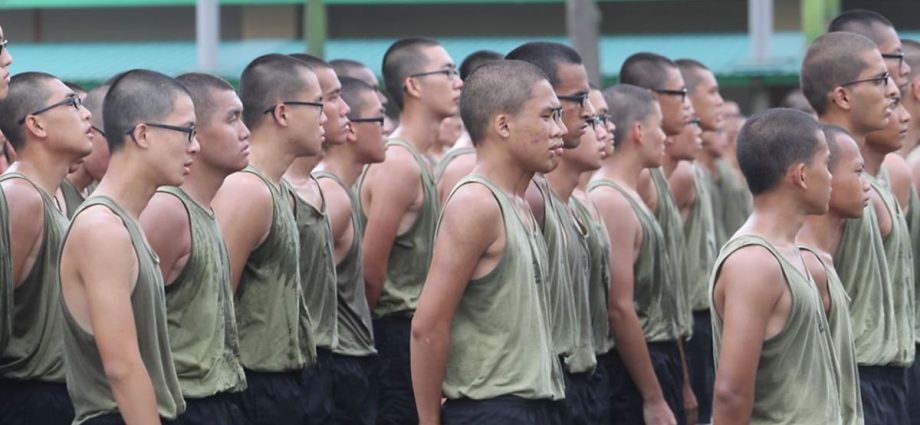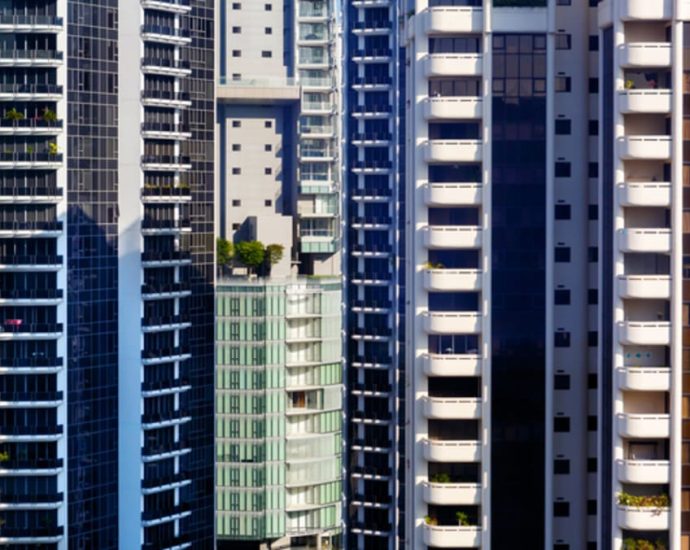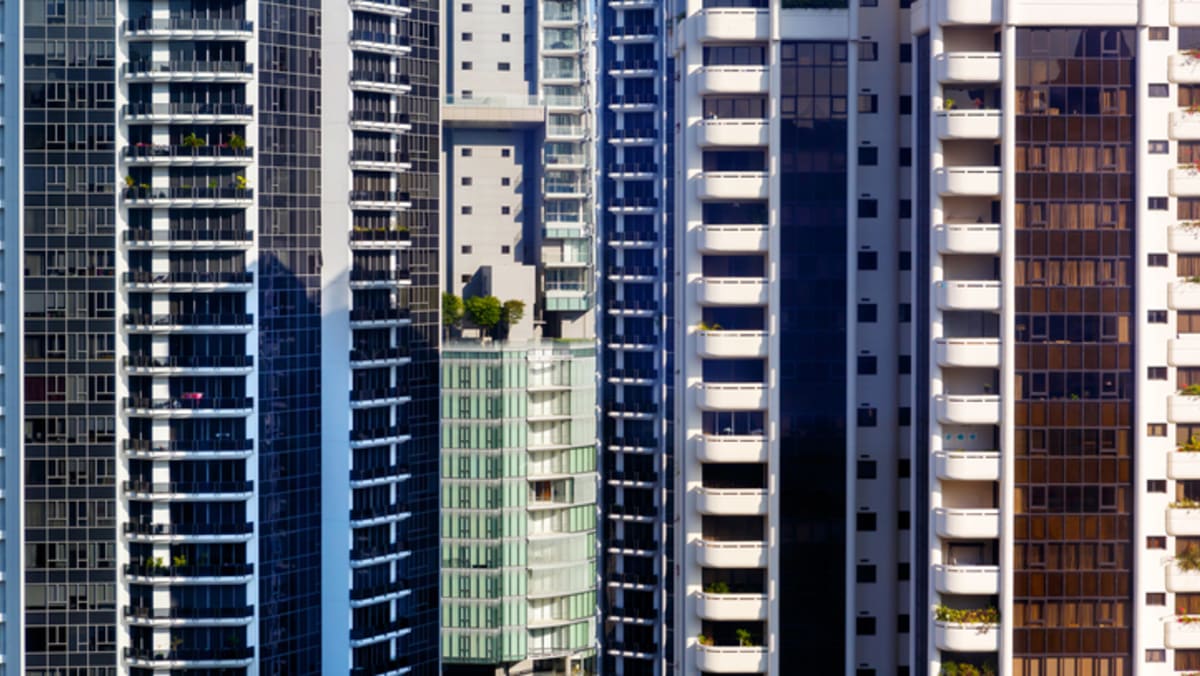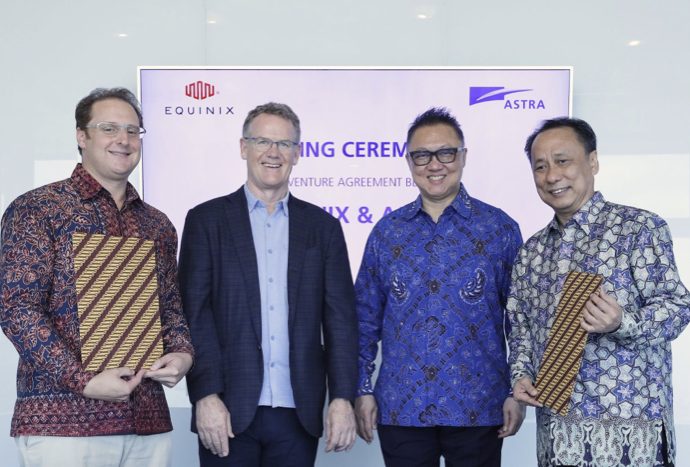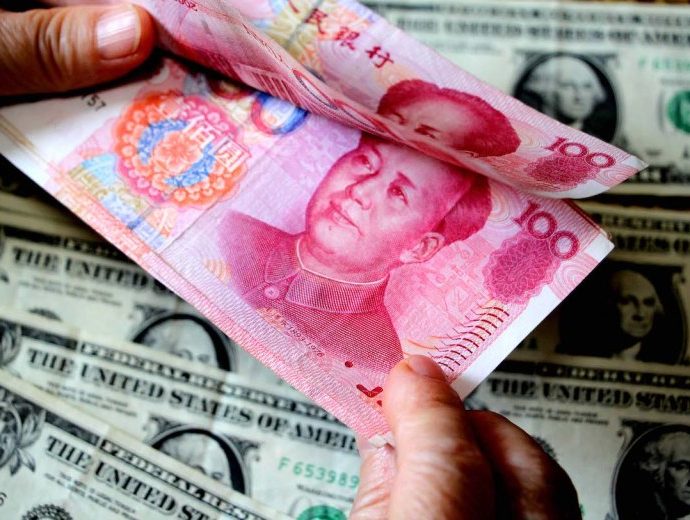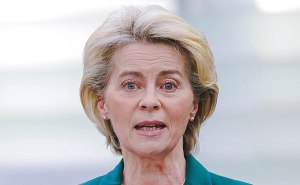Man who defaulted on NS for 10 years returns to Singapore after business fails in Hong Kong, gets jail

SINGAPORE: A Singaporean by birth stayed in Hong Kong and defaulted on his National Service (NS) obligations for more than 10 years, but chose to return to Singapore for the sake of his family after his business was affected by the COVID-19 pandemic.
Vin Lau Jun Sheng, 29, knew that he might have to go to jail, but discussed the matter with his wife and decided the “best option” was to be Singapore citizens.
He was sentenced to six months’ jail on Friday (Apr 28), after pleading guilty to one charge under the Enlistment Act of failing to return to Singapore from August 2010 to October 2020, even though his exit permit had expired. A second charge was taken into consideration.
The court heard that Lau was born in Singapore to a man who was a Hong Kong citizen, and a woman who was Singaporean.
His parents divorced around 1997, when he was three years old. His father took him to live in Hong Kong, while his mother remained in Singapore.
Lau’s mother had told him about his NS obligations. But he didn’t bother to find out more as he wanted to continue living in Hong Kong with his father, the prosecutor said.
Around November 2009, Lau’s mother applied for an exit permit on behalf of her son, for overseas studies. An exit permit valid till July 2010 was issued to Lau.
Lau continued staying in Hong Kong even after his exit permit expired. He registered for NS in September 2010, and his mother applied to the Central Manpower Base for deferment, pending her son’s renunciation of Singapore citizenship.
But the application was incomplete as Lau’s mother did not submit certain required documents.
Authorities sent further letters telling Lau to report to the Central Manpower Base, but his mother told them he refused to return to Singapore.
Around this time, in March 2011, Lau cut off contact with his mother. A police gazette and blacklist was raised against him.
RECONNECTS WITH MOTHER
Lau reconnected with his mother on Facebook nine years later, around March 2020. He was now married, with a child, and operating an automobile repair shop in Hong Kong.
However, the shop closed down in August 2020 after business was affected by the pandemic. Lau told his mother that he intended to return to Singapore to settle down with his wife and child, and for them to obtain Singapore citizenship.
His mother contacted the Central Manpower Base to find out what procedures were required for her son to come home. She was told that her son had committed offences under the Enlistment Act, and was advised to give details of his return flight.
Lau returned to Singapore on Oct 3, 2020 and served a mandatory 14-day stay-home notice at a designated facility due to the pandemic.
He reported to the Central Manpower Base on Oct 20, 2020, and has since completed his NS.
Investigations revealed that Lau’s mother had told him of the need to serve NS when he returned, and that he had committed an offence for previously failing to do so.
Lau made an internet search and realised he could be liable to a jail term and a fine upon his return to Singapore.
But he discussed the matter with his wife and they decided that the best option was to be Singapore citizens. Lau said he was “prepared to face the consequences so that in future (he) can stay in Singapore and bring (his) family over to stay”.
He had remained outside Singapore without a valid exit permit for 10 years, one month and 10 days.
RETURN WAS “TACTICAL” MOVE: PROSECUTOR
The prosecution asked for six to eight months’ jail for Lau, noting that he had no previous convictions.
It was unlikely that an NS defaulter’s voluntary surrender was borne out of genuine remorse, said the prosecutor.
“Overseas defaulters who gamed the system and placed personal pursuits ahead of their NS obligations were likely to have planned to return eventually, after they have fulfilled their personal goals, such as after the completion of their studies or after a stint working abroad,” he said.
In other cases, an overseas defaulter may return to Singapore because his legal status in a foreign country is in jeopardy, or for family ties or professional reasons.
“In such cases, their voluntary surrender would be merely tactical, rather than arising from any genuine remorse.”
The prosecutor said Lau’s voluntary surrender was motivated by his personal interests, and asked for limited mitigating weight to be placed on his plea of guilt and voluntary surrender.
He cited a table from a High Court case, which laid out the starting point of a five to eight-month jail term for someone who had defaulted on NS for seven to 10 years.
The starting point goes up to 24 to 36 months’ jail for a person who defaults on NS for 17 to 23 or more years.
Lau is the 22nd defaulter to be sentenced to jail since the High Court set out the sentencing framework for NS defaulters in 2017.
In a previous statement, Singapore’s Defence Ministry (MINDEF) said it takes a firm stand against such offences.
“All male Singapore citizens and permanent residents (PRs) have a duty to serve NS and it is important that NS has the support and commitment of all Singaporeans,” said MINDEF.
“To achieve this, we have to adhere to the fundamental principles of universality and equity in NS. If we allow Singapore citizens or PRs who are overseas to evade NS or to choose when they want to serve NS, we are not being fair to the vast majority of our national servicemen who serve their country dutifully, and the institution of NS will be undermined.”

